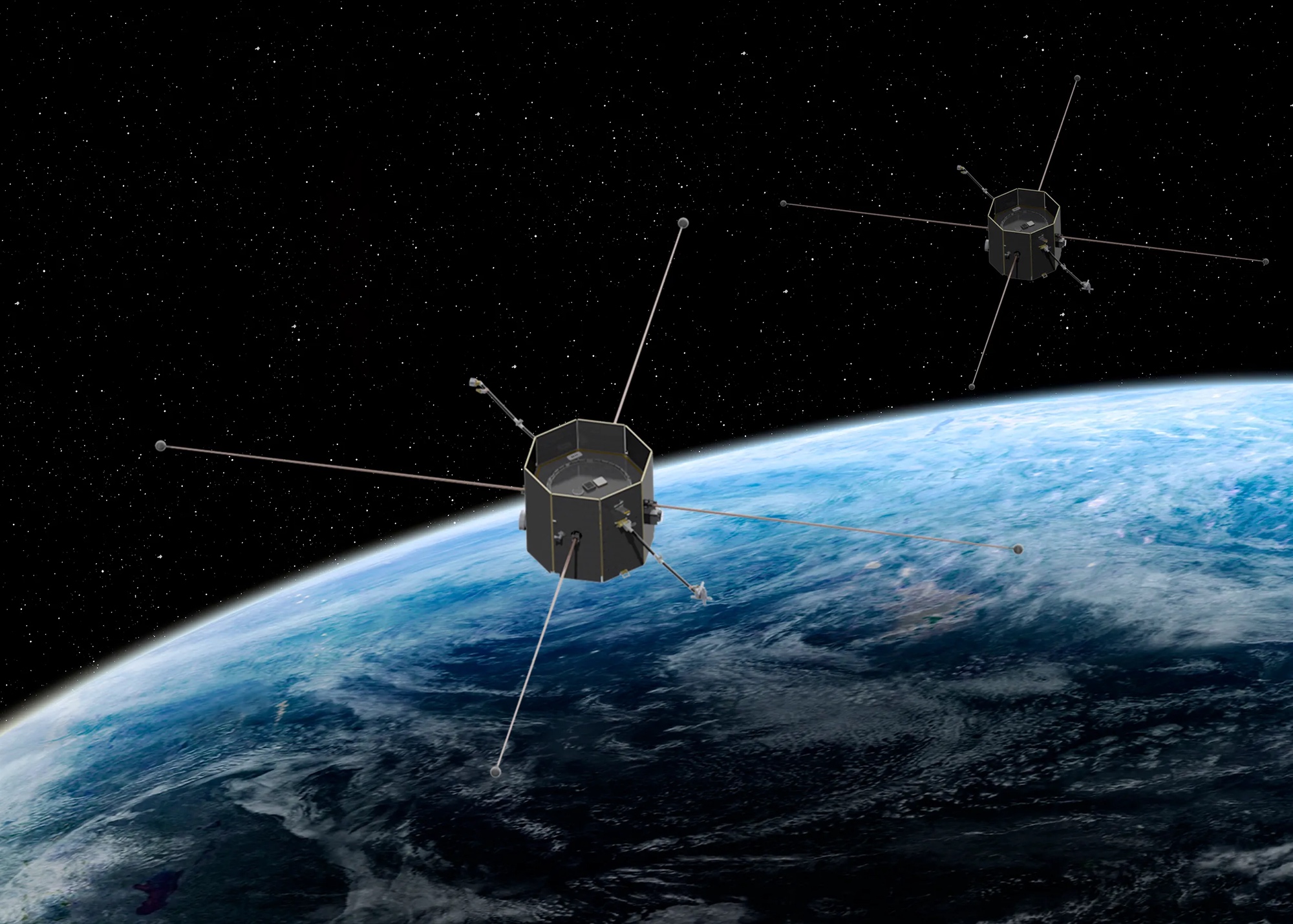NASA has successfully reestablished communication with one of its TRACERS satellites, designated as SV1, following a series of challenges encountered shortly after its launch on July 23, 2023. The agency announced the reconnection in a statement released on September 11, marking a significant development in the mission’s progress.
SV1 is part of the Tandem Reconnection and Cusp Electrodynamics Reconnaissance Satellites program, which aims to study the interaction between solar wind and Earth’s magnetic field. The second satellite, SV2, completed its post-launch commissioning without any reported issues. In contrast, SV1 experienced a power subsystem malfunction just two days after it was launched, resulting in intermittent communication difficulties. NASA’s team had noted that SV1 seemed to function only when its solar arrays were exposed to sunlight.
To address the communication challenges, controllers planned to attempt to restore contact later in August, once the solar arrays were optimally aligned with the sun. On August 5, NASA indicated that SV1 had failed to transmit a beacon signal after launch, complicating efforts to identify and command the spacecraft. The September 11 update from NASA did not provide additional details regarding the power issue but confirmed that mission teams were actively working to recover the satellite and initiate scientific operations.
Insights into the TRACERS Mission
The TRACERS mission employs two identical satellites to conduct simultaneous observations in the same region of space, separated by a maximum of two minutes. This approach is designed to enhance the understanding of how solar wind interacts with Earth’s magnetic field. At this stage, it remains uncertain how potential changes to the mission’s objectives might affect the scientific outcomes, especially if only SV1, developed by Millennium Space Systems, is operational.
In addition to the TRACERS satellites, the Falcon 9 rocket that launched on July 23 also carried several other small satellites for NASA, including the Athena EPIC satellite. This satellite is a collaboration involving NASA, the U.S. Space Force, and the National Oceanic and Atmospheric Administration, aimed at testing innovative modular satellite designs and Earth observation instruments.
As of September 9, NASA reported that the Bard satellite, built by York Space Systems, is successfully operating the Polylingual Experimental Terminal (PExT). This payload is designed to test communications across various satellite networks, including NASA’s Tracking and Data Relay Satellite system and commercial services. With commissioning for Bard completed, PExT’s commissioning is expected to conclude by the end of September.
According to NASA, efforts to determine the cause of the initial communication failures and the factors contributing to the delayed downlinks are ongoing. The successful reconnection with SV1 is a promising step forward for the TRACERS mission and its scientific goals.
